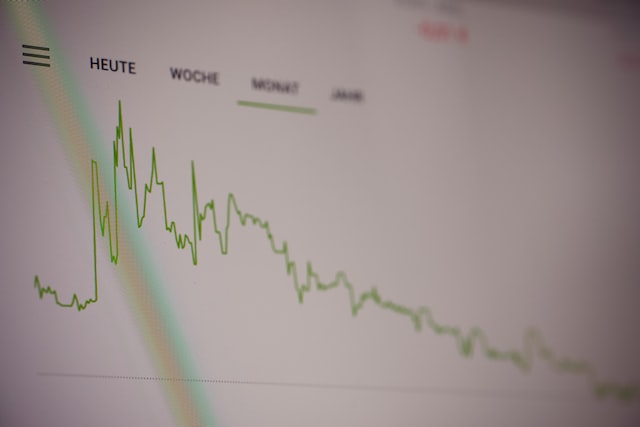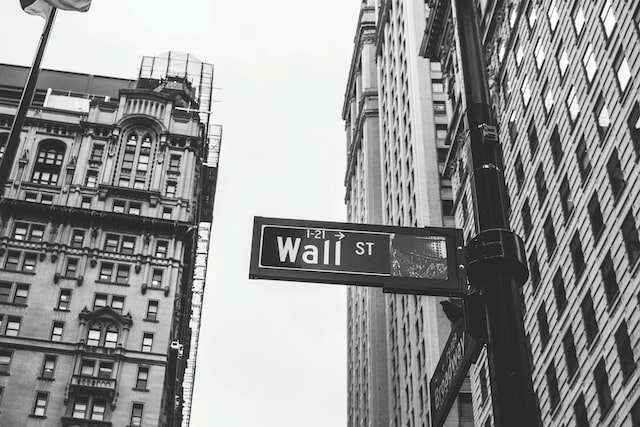Inflation eased to 8.2% but remained high in September, CPI report shows
Inflation continued to drift a bit lower last month but the descent from historic highs remains painfully slow and a key measure set a new 40-year record.
Consumer prices increased 8.2% from a year earlier, down from an 8.3% rise in August and a four-decade high of 9.1% in June, as climbing food and rent costs again offset falling gasoline prices, according to the Labor Department’s Consumer Price Index. Last month’s increase defied forecasts for a more rapid slowdown in inflation.
On a monthly basis, consumer prices edged up a larger-than-expected 0.4% after a 0.1% increase in August. And while overall inflation is softening gradually, a key measure of underlying price gains hit a new historic level last month.
What is core CPI?
Core prices, which exclude volatile food and energy items and generally provide a better measure of longer-term trends, increased 0.6% from August following a similar rise the previous month. That pushed the annual increase from 6.3% to 6.6%, a new 40-year high.
Generally, price increases for goods such as used cars and clothing are moderating, in part because supply chain troubles are easing, but the cost of services, including rent and medical care, have been surging.
Economists say the report will do little to dissuade the Federal Reserve from approving a fourth straight outsize hike in interest rates early next month to tame inflation.
Buying in bulk to save money
Amber Flack, 45, of Pickerington, Ohio, has noticed the drop in gas prices but that hasn’t led her to return to her pre-pandemic spending habits because her grocery bill keeps climbing.
She and her family are spending up to $1,000 a month on groceries, up from no more than $600 before the price surge. They now buy items such as canned vegetables, soda and paper towels in bulk, saving more than $100 monthly.
“I don’t love the need to buy in bulk to get a reasonable price but it’s what I do now,” she said.
They also drive less to save on gas, staying within a five-mile radius of home, and haven’t taken a vacation since before the COVID-19 health crisis. Previously, they took at least two big vacations a year.
Yield 10-year Treasury spike, stocks sink
In response to the government’s inflation report, bond prices fell, with the yield on the U.S. 10-year Treasury rising above 4%, while the 2-year rate went to nearly 4.5%.
Stocks tumbled with the Dow opening down around 500 points as investors priced in the likelihood of further aggressive Fed moves. It has since recovered some of the losses and was down 239 points, or 0.8%, as of 9:55 a.m. ET
Why are gas prices going back up?
Gas prices declined sharply for a third month on falling global demand for oil and recession worries. Pump prices slipped 4.9%, but were still up 18.2% annually and have moved higher in recent weeks after OPEC announced oil production cuts.
In September, the price of rice rose 1% from the previous month and 13.6% from a year earlier. Cakes, cupcakes and cookies jumped 1.8% and are up 16% annually. And pork climbed 1.8% and 6.7% from a year ago.
Some food costs dipped. Uncooked ground beef fell 2% and eggs fell 3.5% but are still up 30.5% yearly.
Other price movements were mixed. Rent leaped 0.8% monthly and 7.2% over the past year as landlords responded to an earlier rise in home prices.
After falling for two months, air fares resumed their march higher, rising 0.8% and 42.9% over the past year. Medical-care services increased 0.7% and 6.5% yearly. And new-vehicle costs advanced 0.7%, and 9.4% annually.
More encouraging were the continued decline of used car prices – which edged down another 1.1% — after a historic run-up as supply snarls for new cars eased. Clothing prices dropped 0.3% and hotel rates slid 1%.
But inflation’s persistence in leading many Americans to dramatically modify their behavior.
Michael Rossini, 57, of Randolph, Massachusetts, is shelling out an additional $55 or so a week on groceries. And filling up his pickup truck now costs $170, up from $100 before the inflation spike, even after the summer drop-off in pump prices.
He and his two teenage daughters no longer dine out, and have scrapped their annual three-week trip to Italy and monthly visit to the mall. He’s also become an avid do-it-yourselfer, changing the oil in his truck and buying a $600 tractor so he can do his own landscaping.
While he could afford to maintain his previous lifestyle on his engineer’s salary, he worries about setting aside enough money for his daughters’ college expenses and his own retirement.
“I’ve got to provide for my family,” he says. But, he adds, “My quality of life has gone down…I can’t get this time back.”
There are signs that inflation should ease noticeably in coming months. Rents on new leases are falling and a sharp rise in health insurance premiums should partly reverse starting in October, according to Goldman Sachs and Pantheon Macroeconomics.
But the pullback will likely continue to be slow, economists say
How many rate hikes are expected in 2022?
Meanwhile, the disappointing report all but cements a fourth straight three-quarters point Fed rate hike in early November and raises the risk of a similar-sized move in December instead of the half-point rise Fed officials tentatively plan, says Pantheon Chief Economist Ian Shepherdson.
Inflation affects Social Security COLA increase
High inflation is having one positive impact. The government on Thursday also announced that Social Security benefits are set to rise by 8.7% next year – the fourth-biggest increase since automatic inflation adjustments were introduced in 1975, as costs increase.
The government bases its COLA adjustment on average annual increases in the consumer price index for urban wage earners and clerical workers, from July through September. That index largely reflects the broad CPI.
This cost-of-living adjustment, or COLA, will boost the average monthly checks retirees receive in January by $146 to $1,827, the Social Security Administration said Thursday.


